Geological Origins:
Emeralds are part of the beryl family of minerals, including aquamarine and morganite. The captivating green color of emeralds comes from chromium, vanadium, and iron in the crystal structure. The gemstone is known for its varying shades of green, ranging from lush grassy tones to deep forest greens. The country of Colombia is often celebrated as the primary source of the finest. Emeralds are known for their exceptional color and clarity. Other significant emerald deposits are abundant in Zambia, Brazil, and Afghanistan.
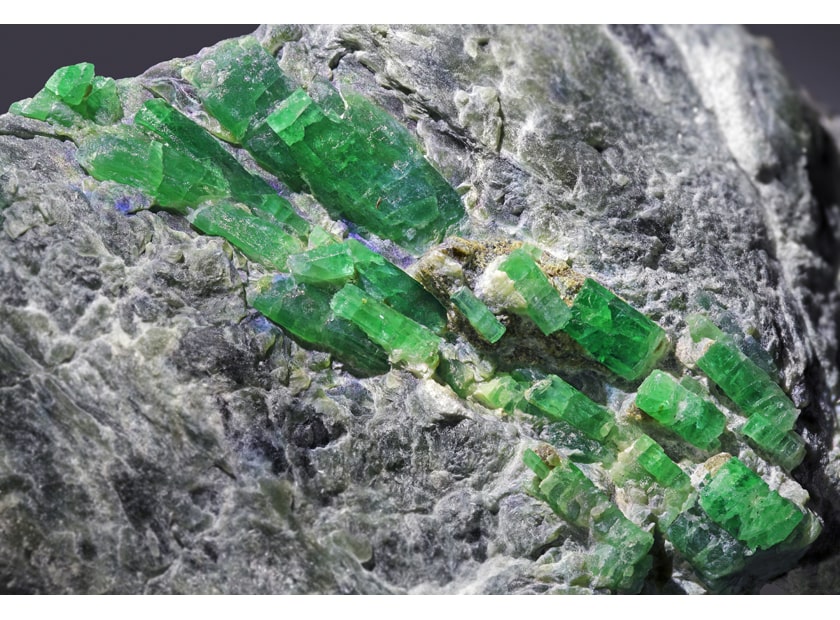
Historical Significance:
The allure of emeralds extends back thousands of years, with a rich history woven into the fabric of various cultures. Ancient Egyptians revered emeralds as a fertility, rebirth, and protection symbol. Cleopatra, known for her love of luxury, was said to have adorned herself with emeralds, believing in their mystical powers. In medieval Europe, emeralds were believed to possess healing properties, curing ailments ranging from poor eyesight to infertility. The gemstone's vibrant green color was associated with spring, renewal, and the promise of a bountiful harvest. As trade routes expanded, emeralds became highly sought after, finding their way into the treasuries of kings and queens.
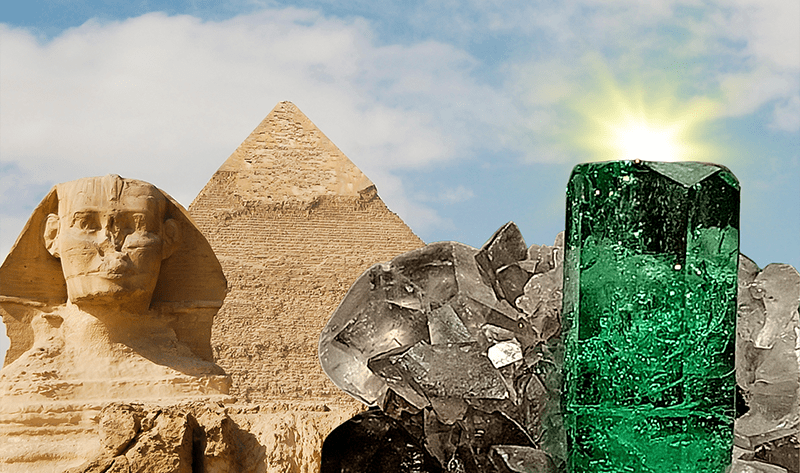
Mystical Folklore:
Emeralds are often admired for their aesthetic appeal and steeped in mysticism and folklore. Many ancient cultures believed emeralds had protective qualities, shielding the wearer from harm and ensuring good fortune. The gemstones were thought to have the power to reveal the truth and clarify difficult decisions. In Indian mythology, emeralds were associated with Venus, symbolizing love, beauty, and prosperity. According to Hindu tradition, emeralds were thought to have the ability to improve one's intelligence and enhance one's intuition. The Spanish conquistadors were captivated by the legendary treasures of the New World, including the famed emerald mines of Colombia. However, these gemstones were coveted for their beauty and the mystical properties attributed to them. Legend has it that the Incas had an emerald goddess, and the Spanish explorers were lured by tales of emeralds embedded in the eyes of sacred statues.
Cultural Symbolism:
Emeralds have played a significant role in various religious and cultural ceremonies. In Christianity, the vibrant green of emeralds has been associated with rebirth and resurrection, making it a symbol of hope and eternal life. The gemstone has often been incorporated into religious artifacts, such as crosses and tiaras, adding a touch of divine beauty. In Hinduism, emeralds are potent symbols of protection and spiritual growth. They are often used in jewelry worn during religious ceremonies and are believed to bring blessings and positive energy.

The Modern Appeal:
In contemporary times, emeralds capture the imagination of jewelry designers and gem enthusiasts. Their lush green color adds a taste of class and elegance to any piece of jewelry, making emerald-studded creations highly sought after. Emeralds are often used in various jewelry settings, from classic end elegant solitaire rings to elaborate necklaces and earrings. Regarding engagement rings, emeralds offer a unique and distinctive alternative to traditional diamonds. The symbolism of eternal love, combined with the vivid green hues, makes emerald engagement rings a meaningful and stylish choice for couples seeking something different.

Care and Considerations:
While emeralds are undeniably beautiful, they are not as durable as other gemstones. Emeralds are more prone to inclusions and fractures, making them susceptible to damage. As a result, proper care is essential to preserve the beauty of these precious gemstones. Cleaning emeralds should be done cautiously, using a soft brush and mild detergent, as exposure to harsh chemicals or extreme temperatures may adversely affect their appearance.
Conclusion:
The emerald's lush green allure and rich history symbolize beauty, mystery, and cultural significance. From ancient civilizations to modern times, emeralds have captivated people's hearts worldwide. Whether admired for their stunning appearance, believed mystical properties, or cultural symbolism, emeralds continue to hold a special place in gemstones, making them a fitting birthstone for those fortunate enough to be born in May.














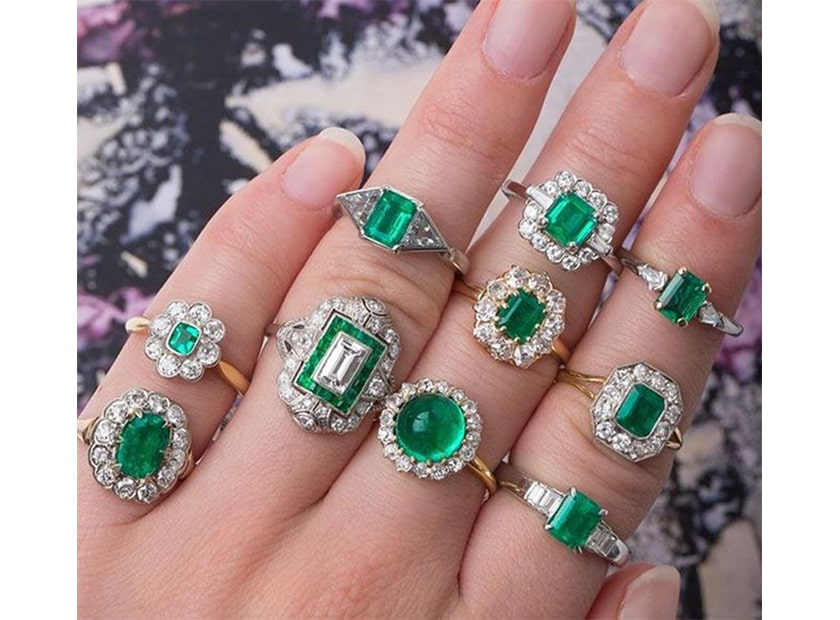

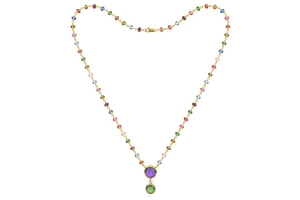

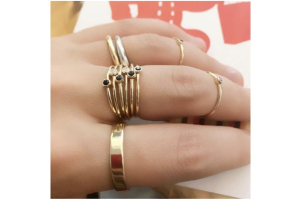
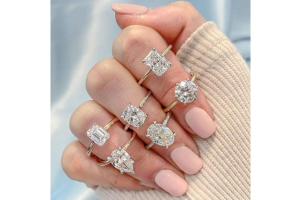
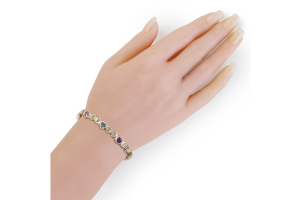
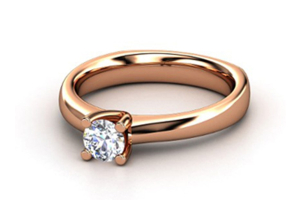
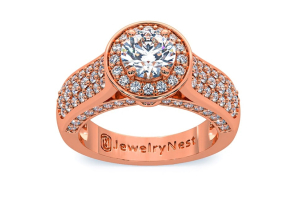
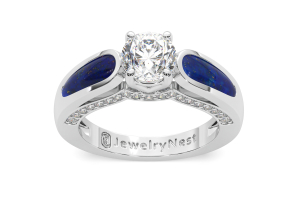
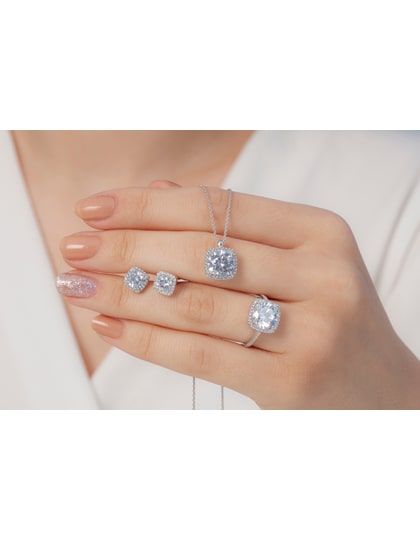
Validate your login